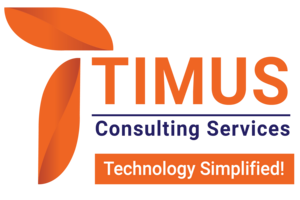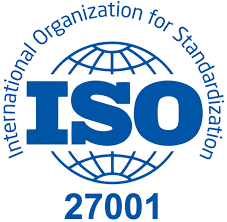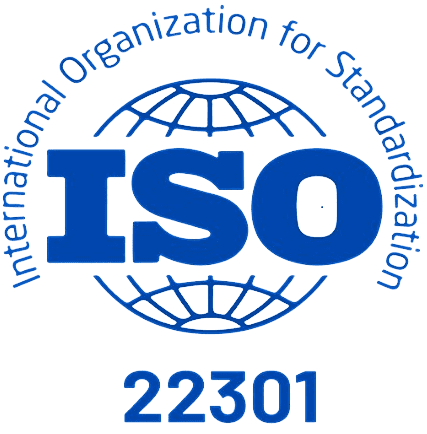Introduction
The exponential growth of the digital landscape has introduced a new set of challenges for organizations. As our reliance on interconnected systems and data storage intensifies, so too does the need for robust Information Technology (IT) risk management and cybersecurity practices. These two pillars of digital security work in tandem to safeguard an organization’s most valuable assets: its data and its technological infrastructure.
The Paramount Importance of IT Risk and Cybersecurity
In today’s threat landscape, a comprehensive IT security posture is not a luxury; it’s an imperative.
Data Breaches:
Cybercriminals are constantly innovating their methods to infiltrate systems and steal sensitive data. A single successful breach can result in significant financial losses, irreparable reputational damage, and potential legal ramifications.
Operational Disruption:
Malware attacks and system outages can cripple an organization’s functionality, leading to lost productivity, hindered revenue streams, and a potential erosion of customer trust.
Third-Party Risk:
The security of your organization is only as strong as its weakest link. Vulnerabilities within your supply chain, from vendors to partners, can expose your systems to a wider attack surface.
Strategies for Building a Robust Defense
Fortifying your IT infrastructure requires a multi-layered approach that integrates risk management and cybersecurity best practices:
Comprehensive Risk Assessments:
Regularly identify, prioritize, and mitigate potential threats and vulnerabilities within your IT systems.
Granular Access Controls:
Implement the principle of least privilege by restricting access to sensitive data based on an employee’s job function. Multi-factor authentication strengthens access control further.
Employee Security Awareness Training:
Phishing scams and social engineering tactics exploit human error. Regular training empowers employees to recognize and avoid these cyber threats.
Proactive Patch Management:
Maintain a rigorous update schedule for operating systems, applications, and firmware to address newly discovered security vulnerabilities.
Security Technology Investment:
Utilize firewalls, intrusion detection and prevention systems, and endpoint security solutions to continuously monitor and proactively defend against cyberattacks.
Incident Response Planning:
Develop and rehearse a comprehensive plan for identifying, containing, and recovering from a security incident to minimize downtime and impact.
Use Cases: Security Measures in Action
Here are some practical examples of how robust IT risk and cybersecurity practices can prevent significant disruptions:
Scenario 1:
An employee, empowered by security awareness training, identifies a suspicious email containing a phishing link and avoids clicking on it, preventing potential malware infection within the organization’s network.
Scenario 2:
A ransomware attack attempts to lock down critical systems. However, due to regular backups and a well-rehearsed disaster recovery plan, the organization can swiftly restore operations and minimize downtime.
Scenario 3:
Proactive patch management procedures identify and address a newly discovered software vulnerability before malicious actors can exploit it, effectively mitigating a potential security breach.
Conclusion
IT risk and cybersecurity are ever-evolving challenges. However, by adopting a proactive approach, organizations can significantly reduce their vulnerability. By implementing the strategies outlined above and maintaining a commitment to continuous improvement, you can build a robust digital defense, safeguard your valuable data, and ensure the continued success of your organization in the ever-evolving digital age.
About us
We are Timus Consulting Services, a fast-growing, premium Governance, Risk, and compliance (GRC) consulting firm, with a specialization in the GRC implementation, customization, and support.
Our team has consolidated experience of more than 15 years working with financial majors across the globe. Our team is comprised of experienced GRC and technology professionals that have an average of 10 years of experience. Our services include:
- GRC implementation, enhancement, customization, Development / Delivery
- GRC Training
- GRC maintenance, and Support
- GRC staff augmentation
Our team
Our team (consultants in their previous roles) have worked on some of the major OpenPages projects for fortune 500 clients across the globe. Over the past year, we have experienced rapid growth and as of now we have a team of 15+ experienced and fully certified OpenPages consultants, OpenPages QA and OpenPages lead/architects at all experience levels.
Our key strengths:
Our expertise lies in covering the length and breadth of the IBM OpenPages GRC platform. We specialize in:
- Expert business consulting in GRC domain including use cases like Operational Risk Management, Internal Audit Management, Third party risk management, IT Governance amongst others
- OpenPages GRC platform customization and third-party integration
- Building custom business solutions on OpenPages GRC platform
Connect with us:
Feel free to reach out to us for any of your GRC requirements.
Email: [email protected]
Phone: +91 9665833224
WhatsApp: +44 7424222412
Website: www.Timusconsulting.com





